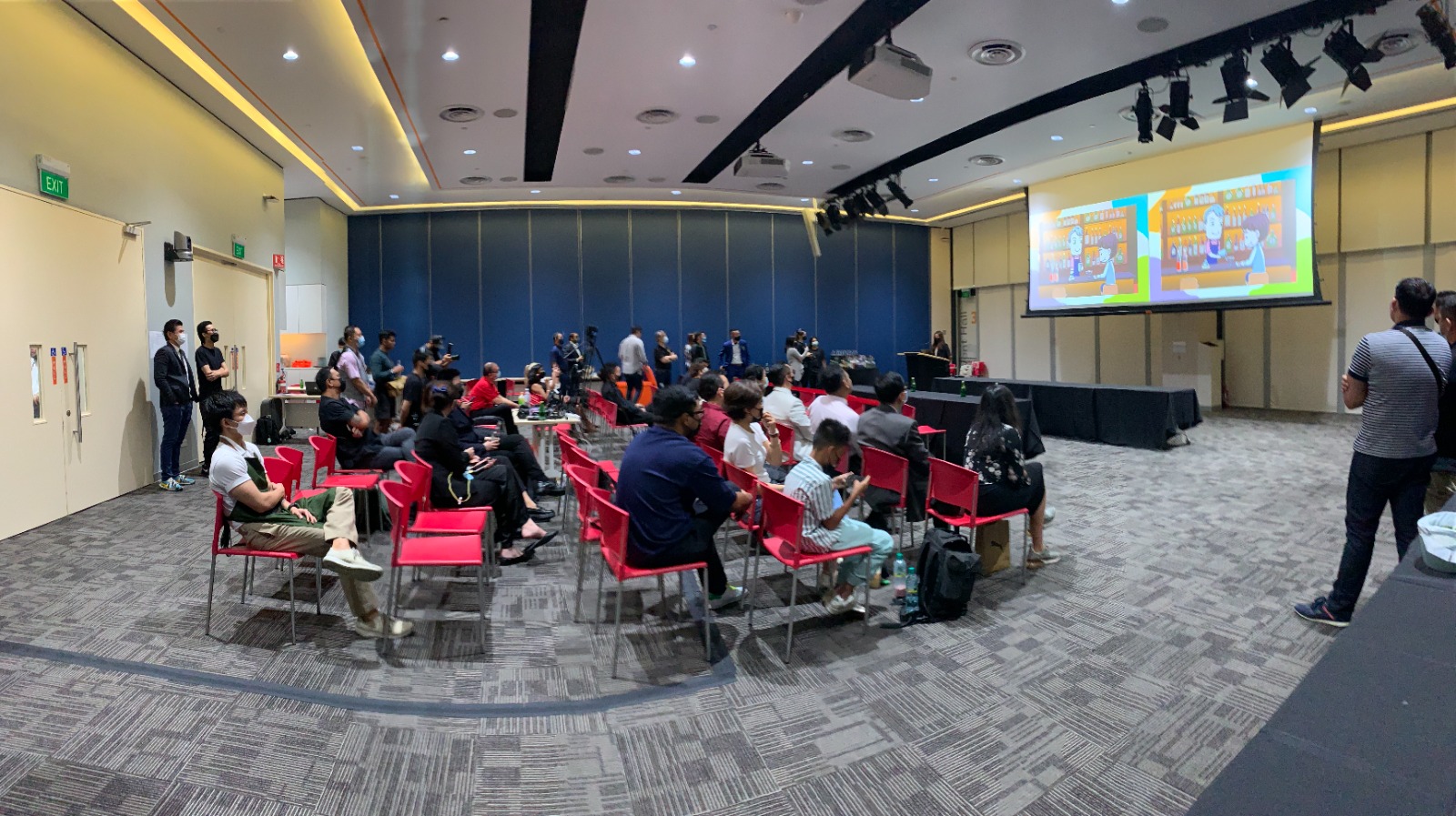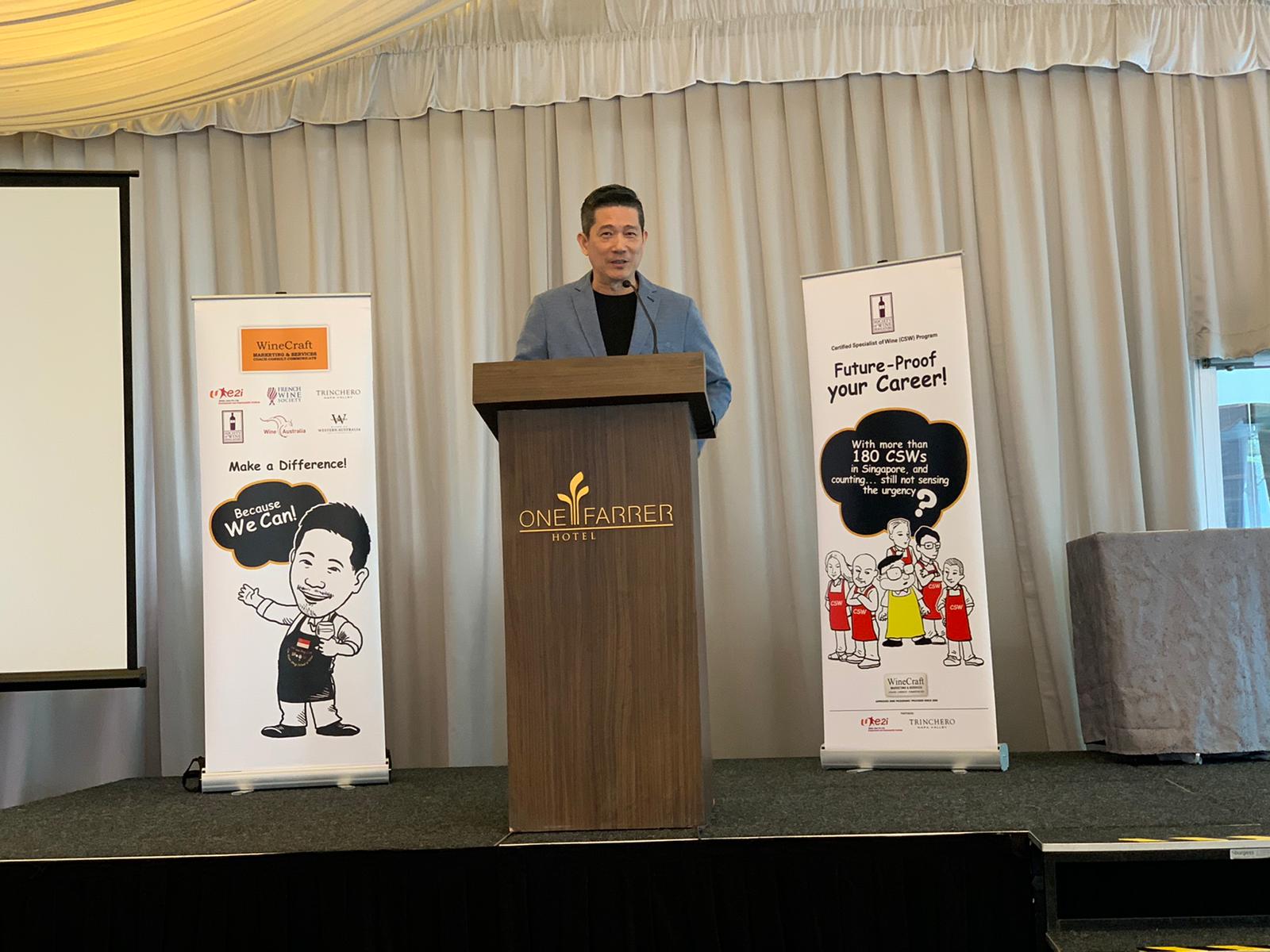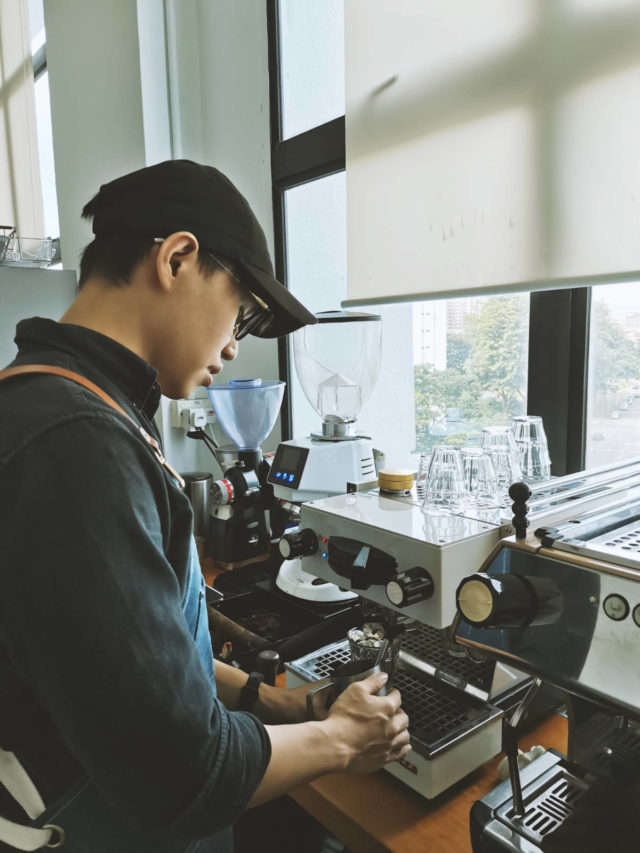bar Milano exemplifies Italian hospitality in its cosy Keong Saik restaurant with the adaptive skills of their bartenders.
The role of bartenders has existed for centuries and can be traced back to ancient times in Rome, Greece, and Asia, where patrons could visit taverns and public drinking houses to socialise and enjoy their favourite drink prepared by expert craftsmen. Today in Singapore, bars continue to flourish especially in notable trendy areas such as Keong Saik Road.
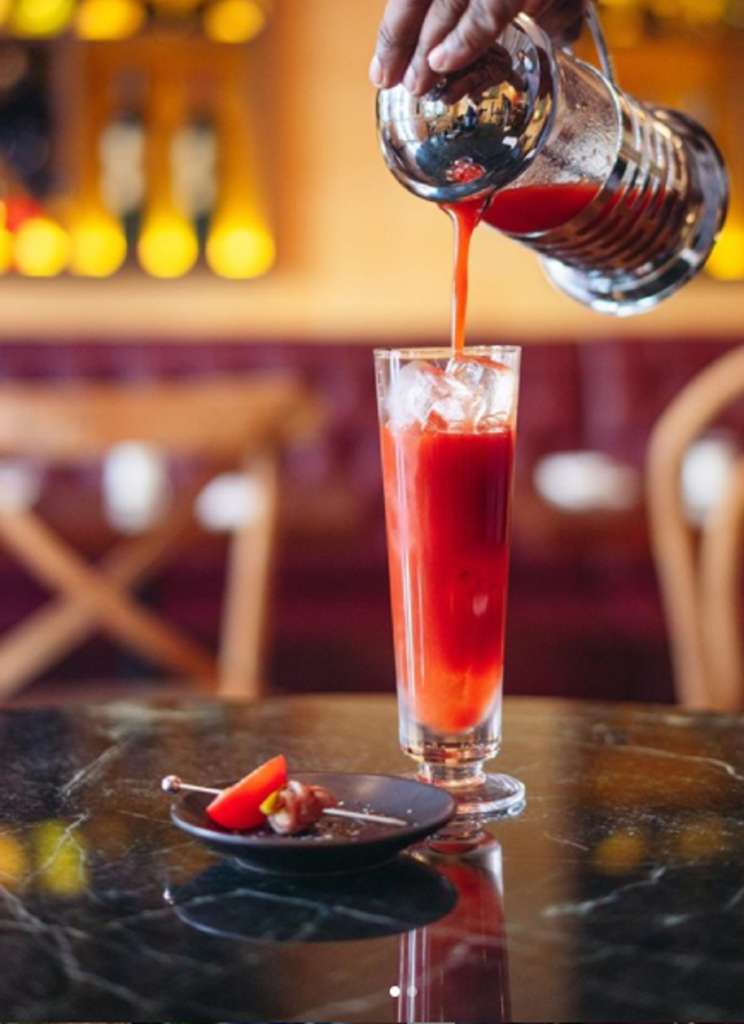
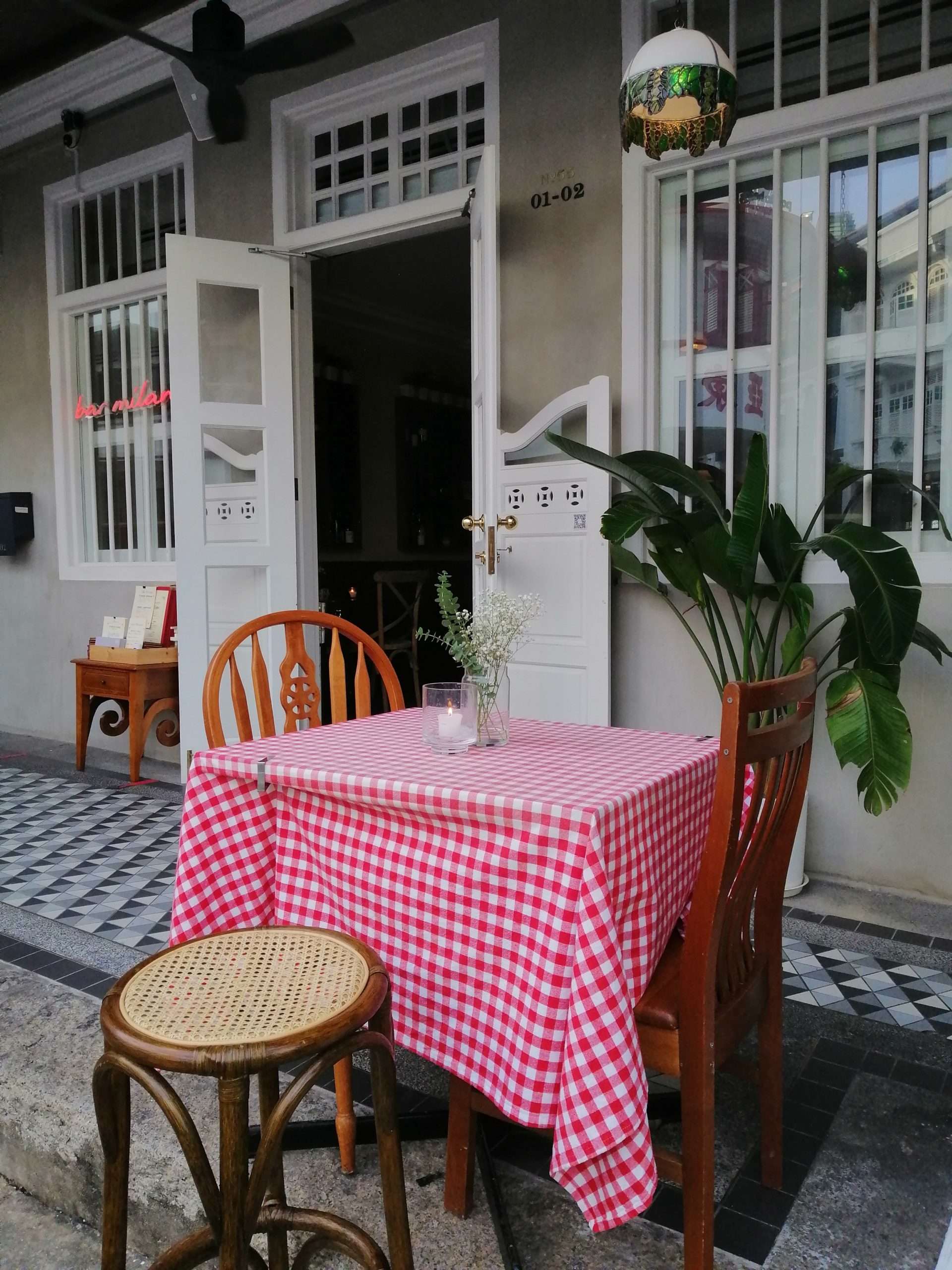
bar Milano, run by the SJS Group, opened its doors to patrons in July 2020. Describing itself as a casual yet chic Italian bistro and cocktail bar, this restaurant bar pays homage to the classic tavernas of Europe, curating for apertivo and Italian food lovers looking for a cosy atmosphere that inspires romance.
Starting with vocally driven Italian and French melodic standards from the 50s and 60s before moving onto up-tempo Italian pop, soul classic and Motown hits, old school jazzy hip hop and funk, and finally Euro-centric light house, its music is more like film scores to inspire emotions, setting the mood and punctuating the meal.
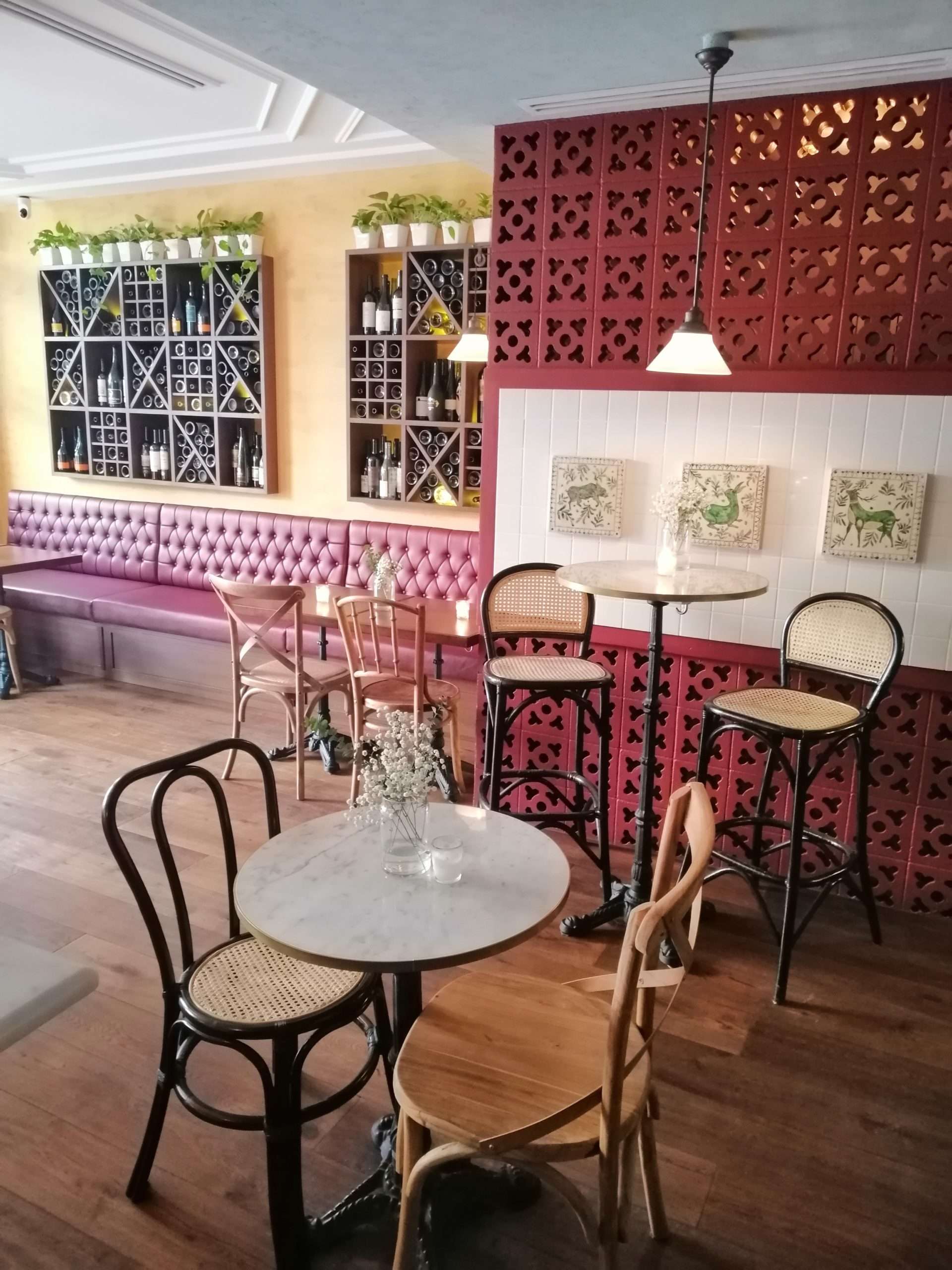
bar Milano has a classic bar counter that seats up to five patrons who wish to appreciate the bartender’s technical skills at preparing cocktails. It was also at this bar counter that I learnt about the most important adaptive skill a bartender should have, during a Thirsty Tuesday visit.
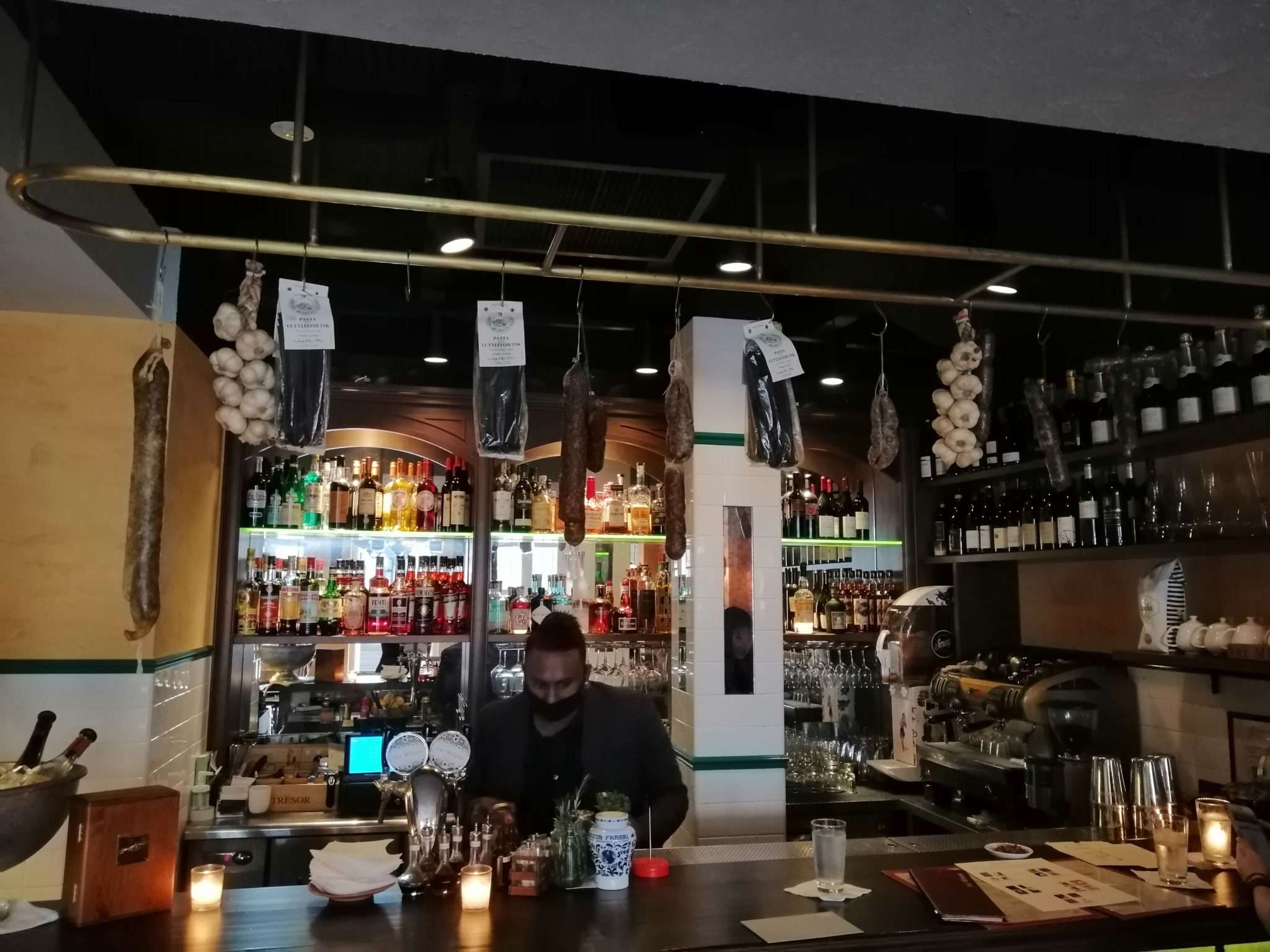
Mr Arvind Pillai, Restaurant Manager of bar Milano, who has been working with SJS Group for more than two years, says that the most important skill he looks for in a good bartender is hospitality. “Hospitality at its core means being genuine, simple and elegant, and not pretentious. Guests choose to come to F&B outlets as an escape and an experience and we are here to offer that. We are here to tend to their needs and maybe even be a listening ear and make them feel at home,” he added.

This sentiment is echoed by a Thirsty Tuesday visitor, Mr Wilson Looi, who has also been in the F&B industry for 17 years. Besides being a certified specialist in wine, he has judged for past National Cocktail Competitions organised by the Association of Bartenders & Sommeliers Singapore.
When hiring a bartender, he observes not only the technical skills that the bartender has, but also the ability to connect with customers. A good bartender, he says, should make customers feel at ease and be able to upsell drinks.
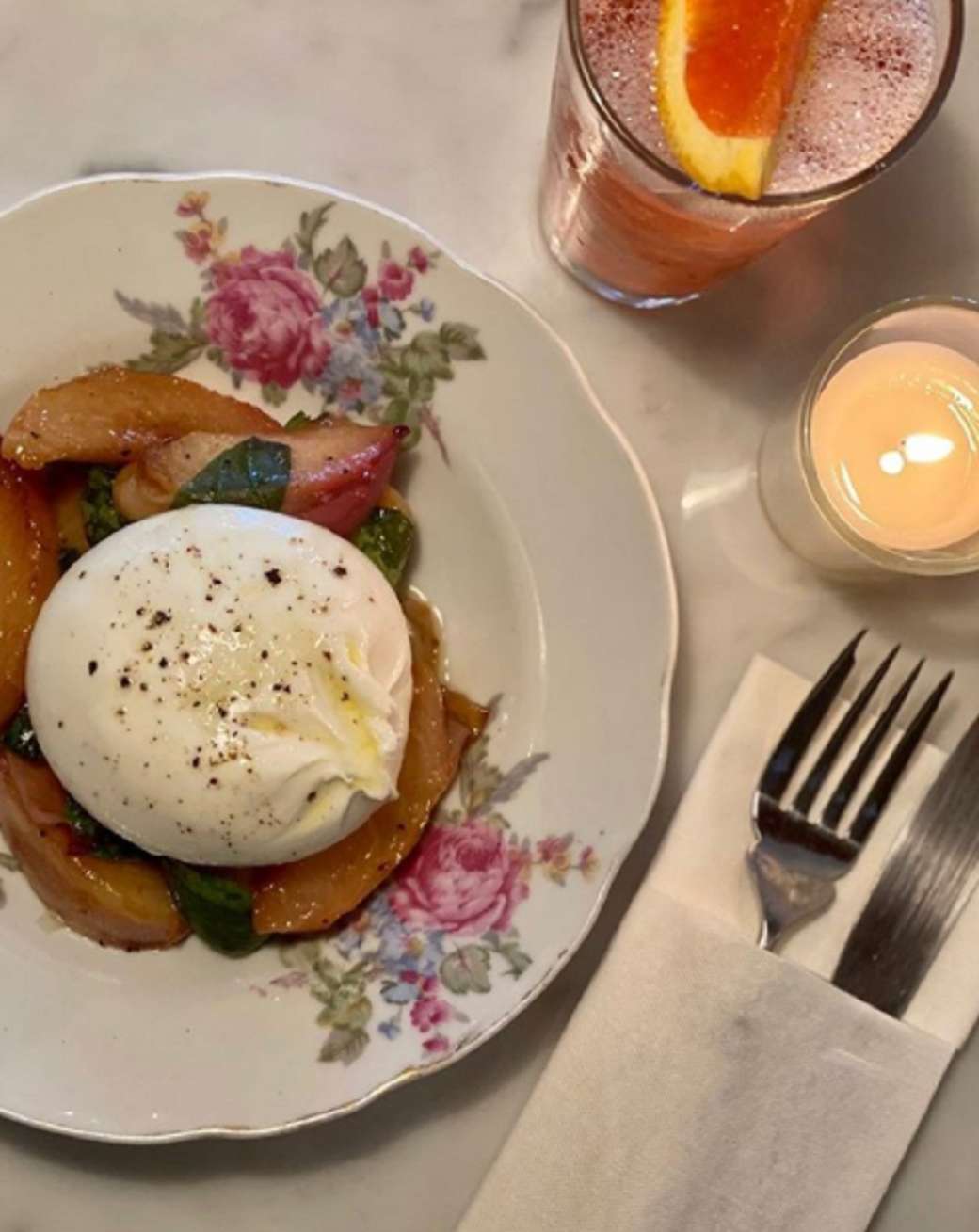
Better still, a bartender with great adaptive skills would have the creativity to create a unique cocktail based on his acute observations and interaction with a customer, even if this is the customer’s first time to the bar.
Making the customer delighted with his experience at the bar, and giving him a sense of yearning to revisit again and again would be the hallmarks of a bartender who has mastered the adaptive skill of hospitality.
“For aspiring bartenders, my humble advice is to learn with an open mind. Running a bar business has both art and science elements to it, much like curating an appetizing and appealing cocktail,” he shared.

During our bar Milano visit, warm hospitality was exhibited from the time we stepped into the restaurant. Besides the ambience of a welcoming Italian restaurant and bar, guests were greeted immediately and served with pleasure.
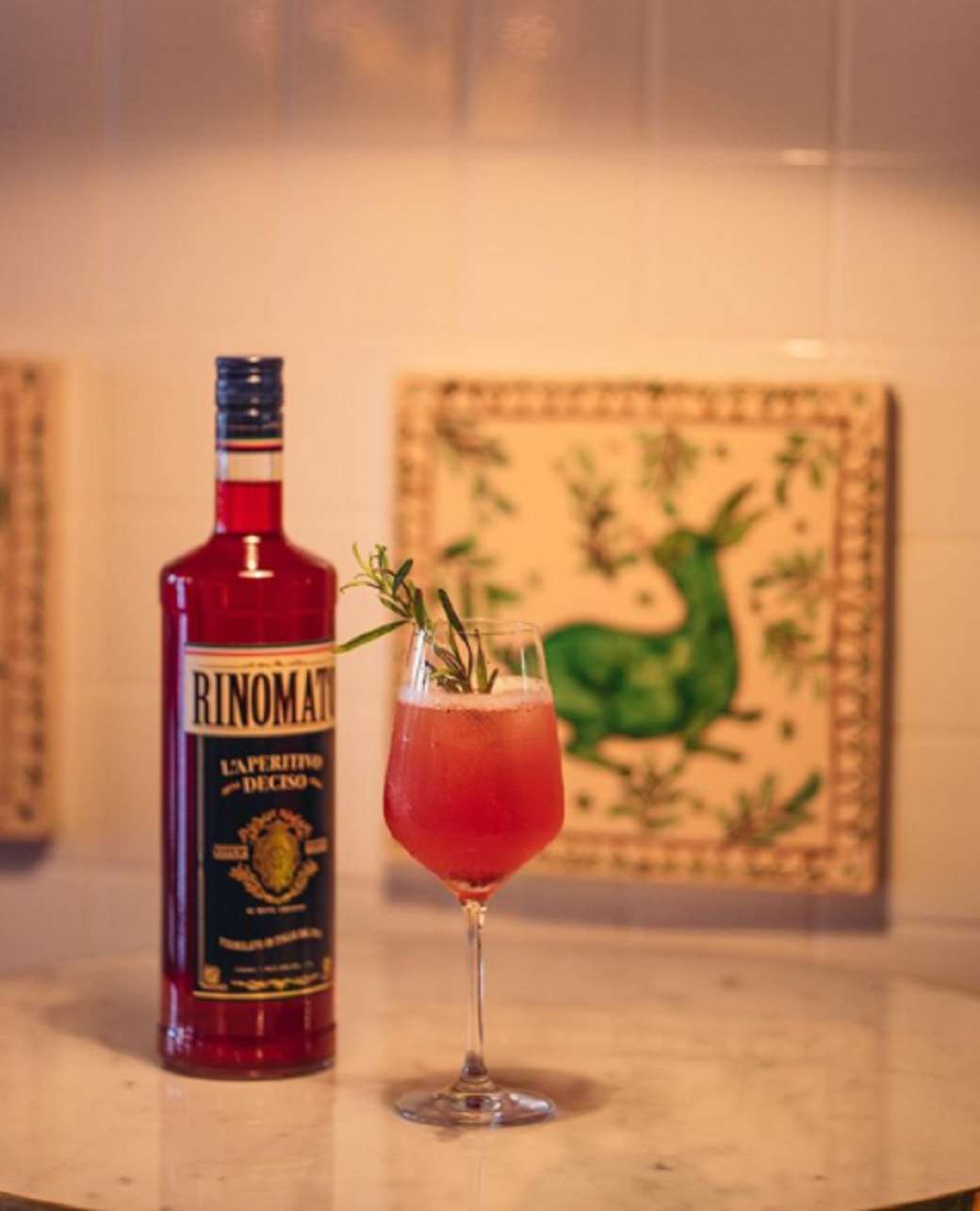
Arvind and the bar Milano team demonstrated with finesse how cocktails could be paired with antipasti and the Italian restaurant’s signature Pizza Fritta, sharing the story behind each cocktail and dish for guests to appreciate the recipes.
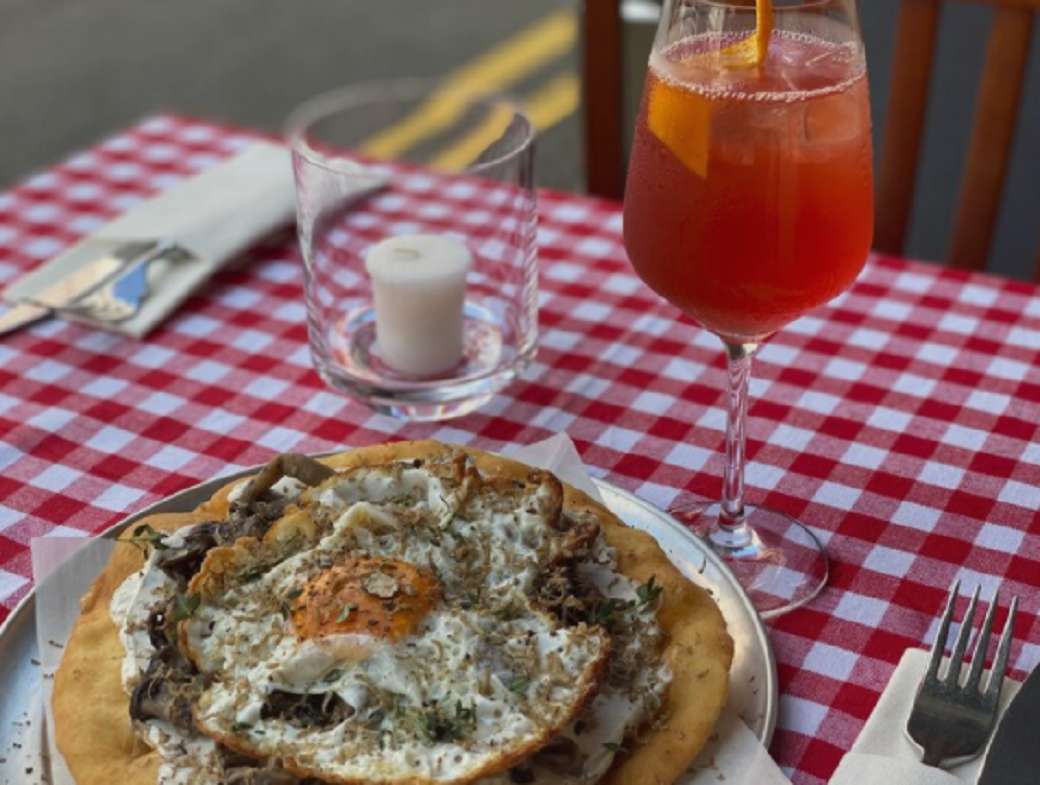
Pizza fritta (“pizza of the people”) is a fried pizza that became popular in Napoli, Italy after WWII, when the city found itself in crisis. Ingredients and materials needed for pizza (e.g. mozzarella and even wood for the ovens) were difficult to find, hence Neapolitans came up with fried pizza.
Pizza fritta was a cheaper alternative using less expensive ingredients such as pork crackling and ricotta. According to bar Milano, housewives sold pizza fritta on the streets to supplement the family’s income, and times were so hard that customers could even get pizza on credit or pizza a otto (“pizza-at-eight”) where it was eaten on the spot but paid for eight days later.

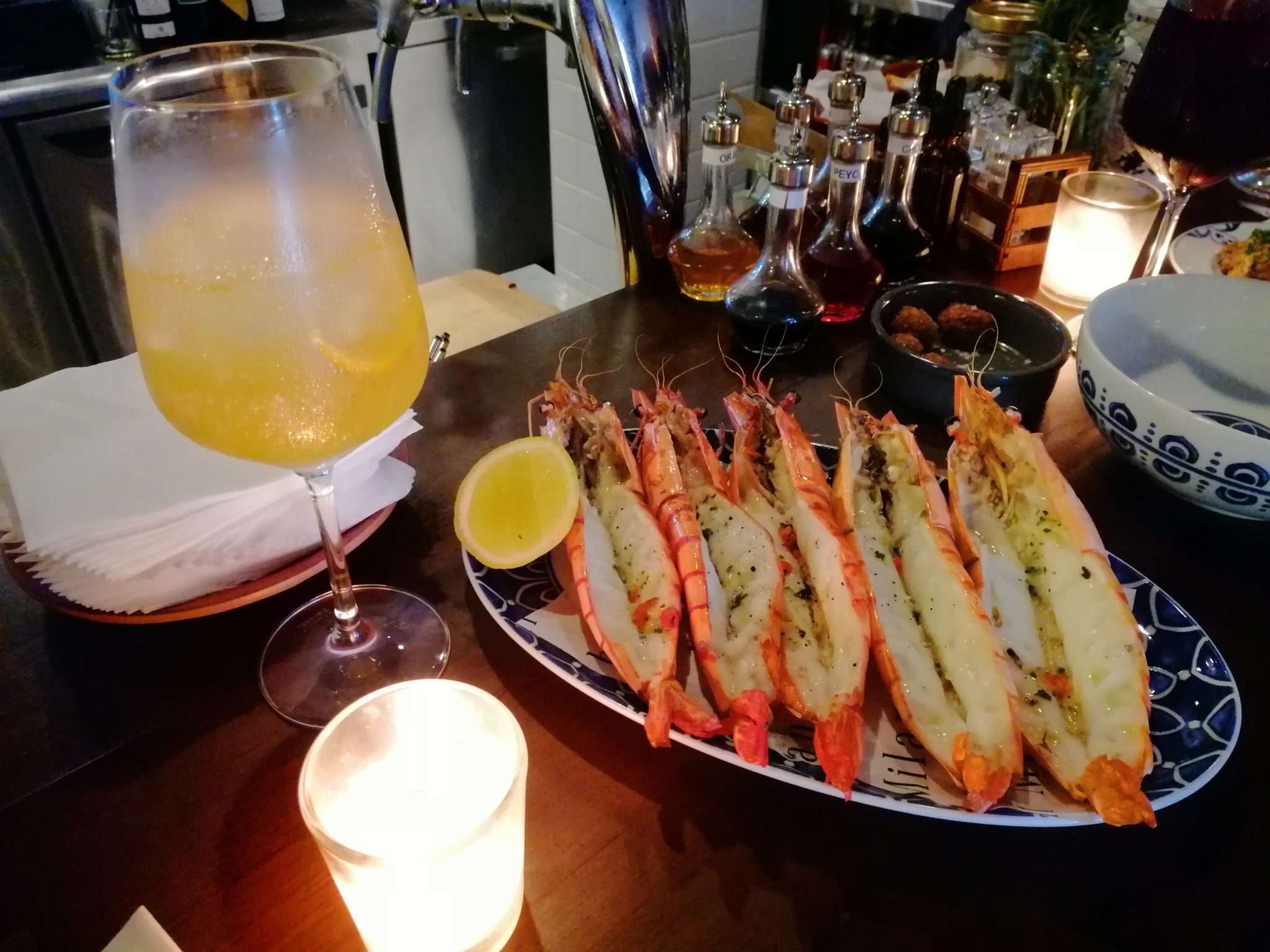
Over a leisurely course of antipasti such as roasted king prawns, steak tartare, olives ascolana, and burrata and peaches, bar Milano taught Thirsty Tuesday visitors how Italian wines such as Lambrusco, Cocchi Americano Rosa and Prosecco were incorporated into its popular spritz bar menu.

Visitors also learnt how bar Milano goes the extra mile in concocting its cocktails, such as French-pressing San Marzano tomatoes for its Italian Bloody Mary, and using Fabbri Amarena cherries for a traditional finish to its Cipriani Bellini.
Wilson was impressed by the Thirsty Tuesday visit to bar Milano, saying, “What I like about today’s visit to bar Milano is that some bars are staying rooted to the cocktail origin, instead of overly garnishing the drinks until the customer must remove all the garnishes before being able to drink the cocktails, and find the taste off-balanced. The bartender has well managed to produce graceful and classic Italian cocktails while borrowing some molecular techniques to achieve the desired texture and appearance”.

As more customers streamed in, it was evident they enjoyed the ambience and hospitality of bar Milano, for a taste of Italy’s traditional food and cocktails.
Selections from bar Milano’s cocktail and spritz menu:
- Cipriani Bellini – white peach puree, Luxardo maraschino, Prosecco
- Italian Bloody Mary – French-pressed San Marzano tomatoes, Reyka Vodka, olive brine, celery salt, smoked paprika, pickled jalapeno, prosciutto
- Americano – Campari, Cocchi Vermouth Di Torino
- Bianco Spritz – Cocchi Americano, Prosecco, Italian basil, housemade sweet and sour
- Rinomatto Spritz – Rinomatto, London Dry Gin, Prosecco, house made rosemary and black pepper tincture
- Lambrusco Spritz – Lambrusco, housemade cherry syrup, Cocchi Barolo Chinato
- Amaro Nonino Spritz – Amaro Nonino, St. George Spiced Pear Liqueur, white grapes, Burma tonic
For more information on bar Milano, please visit www.barmilano.sg
About Bartender 4.0
In 2019, a survey of over 100 professionals revealed the key skills that bartenders ready for the Industry 4.0 should possess, among which were customer interaction (adaptive), molecular mixology beverages and familiarity of cocktail components (technical).
Hence Bartender 4.0 was launched as an initiative by e2i to upgrade bartenders’ adaptive, technical and technological skills to be prepared for Industry 4.0.
About Thirsty Tuesday
Thirsty Tuesday is a series of visits to Singapore bars which exemplify skills in Bartender 4.0.
These visits, customised for visiting bartenders from various backgrounds, are arranged by Mr David Chan, Honorary Secretary (General) of the Association of Bartenders and Sommeliers Singapore (ABSS), and NTUC’s Employment and Employability Institute (e2i).
The aim of Thirsty Tuesday is to expose Singapore’s bartenders to skills under the Bartender 4.0 initiative, and build a network of bartenders across Singapore.





